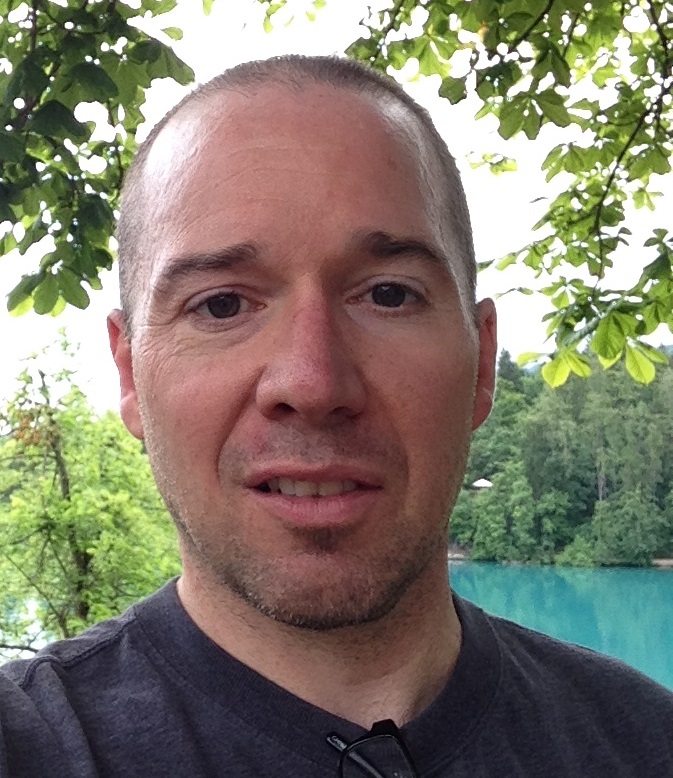Building that HD Audience
NBC's HD broadcast was more about building viewership than preparing technically for the next Games.
"The HD show here took the host HD feed, put NBC announcers on it with some NBC graphics and interstitials, and that was the HD feed," said Tom Duff, director of digital television, technical planning and engineering for NBC Broadcast and Network Operations.
NBC's HD production--based in a truck from London's Visions OB--was a much bigger operation than Salt Lake City's, Duff said. The basic concept remained the same. Only portions of the previous days' events were broadcast in HD to not draw away from the SD audience, which accounts for most viewers. But there was more HD origination in Athens than in Salt Lake City. Host broadcaster Athens Olympic Broadcasting (AOB) did separate HD productions for several major events, Duff said.
AOB used four HD OB trucks for the opening and closing ceremonies, athletics, the men's football finals, basketball finals, aquatics and gymnastics events, and judo. For the audio side of the HD equation, AOB produced all events in stereo, although opening and closing ceremonies were done in 5.1.
"I've been happy with the emphasis audio is getting at the Games," said Jim Starzynski, NBC's principal engineer for audio technologies and practices, technical planning and engineering. "To have this much emphasis on multichannel sound at a big event like this is terrific."
Starzynski said the Torino broadcast would be Dolby ProLogic 2 encoded for any remaining stereo stations, and a 5.1 feed out on the DTV network.
"By 2006, the saturation of 5.1 stations versus stereo stations will have gone up considerably," he said "To do 5.1 isn't that difficult and it isn't that costly to transmit, it's a matter of buying the box, putting the time in, and working through it with us."
One thing Starzynski would like for Torino would be more discrete audio, specifically non-coded discrete full-bandwidth audio channels sent to an HD-SDI router, then demuxed at an integration facility where the bitstreams for fiber or satellite transmission would be created.
BIG HD PLANS
NBC's planned HD broadcast from Torino will require the host broadcaster to cover all venues in HD.
"The plan at this point is that all of the network shows will be in HD, and the SD show will be derived from the HD picture," said David Mazza, senior vice president, engineering, for NBC Olympics.
Mazza said NBC will "center slice" the HD output for the SD feed.
"We'll have to shoot and protect for 4:3, we'll have to convert the entire plant and figure out ways to do all the things we do now, but in HD. The challenge in Italy will be how to do all that without breaking the bank, and without all the tools our production guys are used to, that's going to be difficult," he said.
NBC plans to start wiring its new HD RIB (rack-in-a-box) in April, while the RIBs in Athens will go to Italy for HD conversion. Planning for Torino is accelerated--design to be completed and equipment ordered by December or early January, with equipment delivery by April or May. Mazza said the nature of current HD equipment made the job difficult.
"Although it's common in the industry right now, everybody's at the infantile stage in a lot of the HD equip in terms of being able to be plug-and-play across vendor platforms," Mazza said. "Especially when you get in to compression and HD-SDI signals and embedded audio, we need to do testingÉ we found on the HD feed here in Athens that different encoders and decoders from different manufacturers that are claimed to be compatible were not always happy together."
One piece of new equipment that got the HD job done for NBC in Athens was the world's first motion-compensated HD converter, from Japanese manufacturer ShibaSoku.
"There's a lot to learn," Mazza said. "The odd thing is that when all is said and done, after all that work is done in HD, struggling to get all the POVs, the little edit systems, servers, audio and so on in HD, we still have to make sure it looks good in SD because that will still be what the majority of our viewers see--SD."
The professional video industry's #1 source for news, trends and product and tech information. Sign up below.

